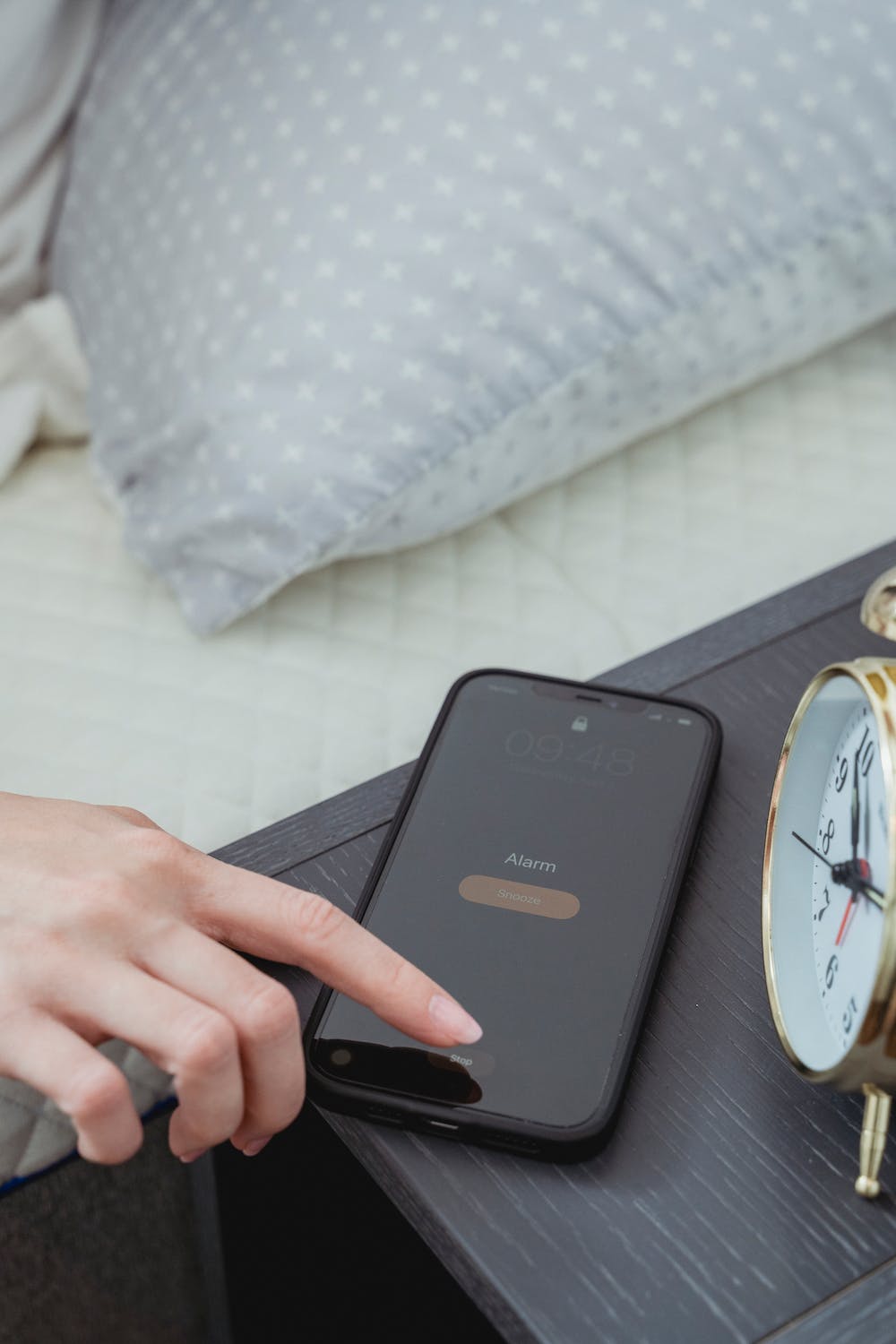5 Strategies to Hack Your Bedtime Routine for Optimal Sleep
Create a Sleep-Inducing Environment The first step to optimizing your bedtime routine is to establish a sleep-inducing environment. This helps synchronize your internal clock.
Limit Napping: While naps can be refreshing, excessive daytime napping can interfere with nighttime sleep. I
While naps can be refreshing, excessive daytime napping can interfere with nighttime sleep.
If you do nap, keep it short, ideally around 20-30 minutes. Consume enough water throughout the day, but reduce intake before bedtime to avoid waking up for bathroom trips. Incorporating relaxation techniques into your bedtime routine can help you unwind and prepare for a restful night’s sleep: **Keyword: Relaxation for Sleep** Mindfulness Meditation: Spend a few minutes in mindfulness meditation to calm your mind and reduce stress. To limit Opt for Physical Reading Material: Consider choosing a physical book or magazine instead of an e-book to avoid screen exposure. Conclusion The road to achieving optimal sleep begins with a well-hacked bedtime routine. By creating a sleep-inducing environment, maintaining a consistent sleep schedule, paying attention to your diet and hydration, incorporating relaxation techniques, and limiting screen time, you can transform your sleep experience. Remember that improving your sleep is a gradual process, and it may take time to see significant results. Patience and consistency are key.





